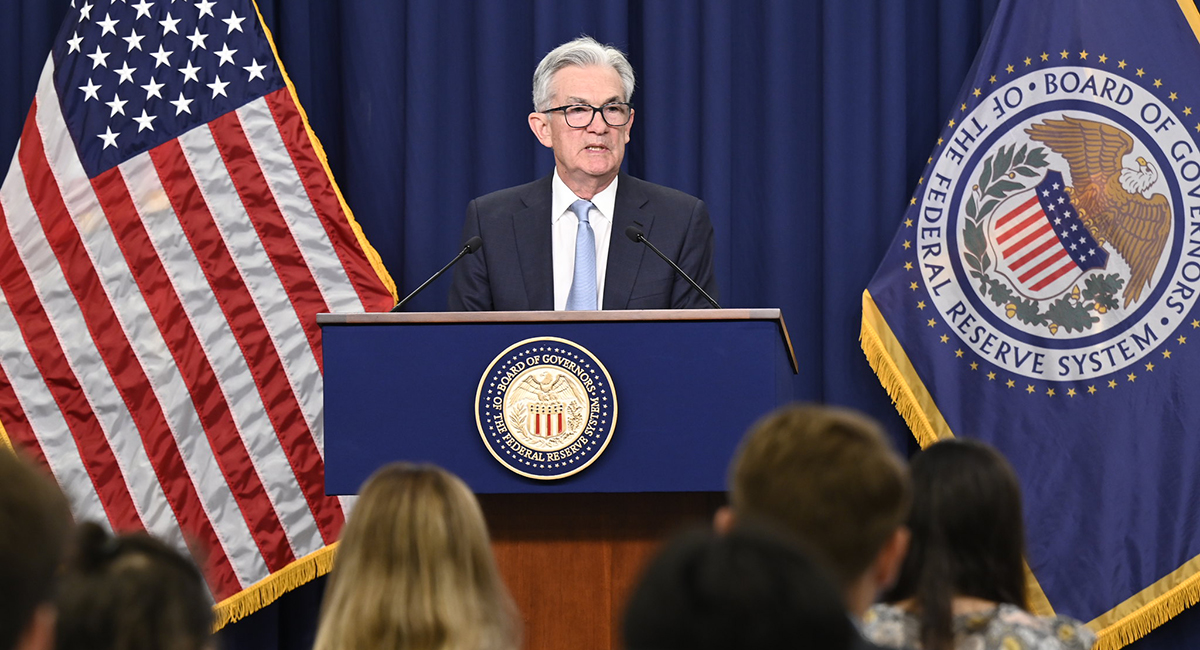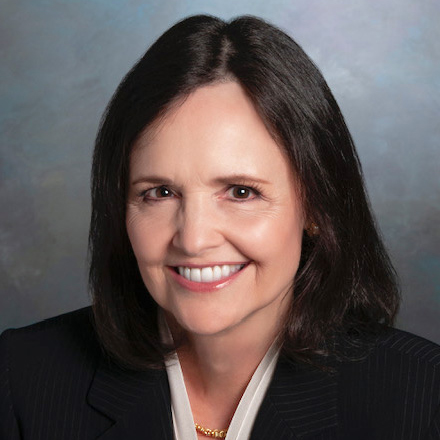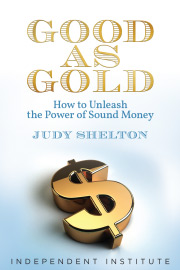Here we go again. Another meeting of the Federal Reserve’s monetary policy committee, and another press conference at which Chairman Jerome Powell will attempt “to explain our actions and answer your questions.” One question financial journalists should ask: Why is the Treasury about to start underwriting the Fed’s operating expenses?
The public may not be aware that when the Fed raises rates, it does so primarily by raising what it pays to commercial banks and other depository institutions on the reserves they hold at the Fed—which are interchangeable with cash and effectively serve as checking accounts. These funds currently total $3.3 trillion. Since December 2008, they reflect accumulated purchases by the Fed of Treasury debt obligations and mortgage-backed securities. The Fed paid for its purchases by crediting the reserve accounts of the sellers.
Another $2.5 trillion in cash is held at the Fed through reverse repurchase agreements that the Fed conducts with a broad set of eligible counterparties, including money market-mutual funds and government-sponsored enterprises as well as commercial banks.
When the Fed announces a higher target range for the federal-funds rate (currently 1.5% to 1.75%), it implements its decision by raising what it pays both on reserve balances (currently 1.65%) and on reverse repurchase agreements (currently 1.55%). Money to pay for these interest expenses comes out of the Fed’s interest earnings on its own portfolio.
The tricky situation the Fed now faces is that its own net interest income—$116.8 billion in 2021, of which 93% was remitted to the Treasury—will soon be exhausted by the higher interest rates it intends to pay on those combined cash funds. A target federal-funds range of 3.25% to 3.5% by year-end would have the Fed shelling out more than $195 billion annually to maintain both reserves and reverse repurchase agreements at current levels. The Treasury will have to advance funds to cover the gap.
Here’s another good question to ask Mr. Powell, since taxpayers might be wondering exactly who is entitled to receive such generous returns from the Fed on their cash holdings: Are these interest payments distributed broadly among financial institutions, or do they mostly go to a handful of very large commercial banks? What percentage of the interest paid by the Fed goes to foreign-owned institutions?
It would be useful to have Mr. Powell walk through the logic of paying banks and money-market funds, foreign and domestic, higher interest rates on risk-free cash accounts and on reverse repurchase agreements as the key to fighting inflation. The Fed explains on its website how paying interest on reserve balances helps to implement monetary policy decisions: “Banks should be unwilling to lend to any private counterparty at a rate lower than the rate they can earn on balances maintained at the Federal Reserve.” So is that the goal? To corral funds that might otherwise finance private lending?
The European Central Bank pays zero interest on deposits, so it’s understandable that U.S. branches and agencies of foreign banks would hold large reserve balances at the Fed—some $1.03 trillion as of March 31. Japanese banks figure prominently on the list of counterparties for conducting reverse repo transactions with the Fed; the Bank of Japan’s short-term interest rate target is minus 0.1%.
But Americans might ask why their Treasury will soon provide funds to pay interest on non-U.S. banks’ cash parked at the Fed. This matters because American exporters are bearing the cost of a rising dollar while other major central banks continue to maintain ultralow interest rates to support their domestic economies.
Another pertinent inquiry would press for details on the Fed’s network of currency-swap lines with other central banks, through which the Fed lends dollars in exchange for foreign currencies. Foreign central banks then lend these dollars to their own banking institutions. Use of the swap lines peaked in May 2020 with $449 billion extended to 14 central banks. Does the availability of swap lines with the Fed reduce pressure on other central banks to fight inflation by raising their own interest rates?
Mr. Powell might suggest these are monetary-policy decisions that should be kept separate from fiscal-policy considerations. But this line of separation has already been compromised by the Fed’s practice of remitting its interest earnings back to the Treasury.
The Fed has long boasted of its status as an “independent government agency” that “doesn’t receive funding through the congressional budgetary process.” It seems ironic, then, that the Fed will find it challenging to cover its own operating expenses starting as soon as next week’s interest rate decision.
It would be good to hear some plain-English answers on these matters from Mr. Powell—who earnestly vowed to foster a public conversation about what the Fed is doing—at Wednesday’s press conference.









